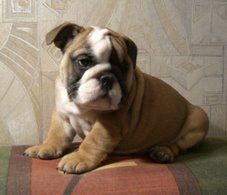So I recently started to buy eco-friendly cleaning fluids for the house. But then when you look at the ingredients, what's in there? There's usually a surfactant, a preservative, and maybe a natural fragrance.
There are (at least) two ways to think about cleaning: (1) I want to kill absolutely everything that's on my countertop, and even if I eat those nasties, then they'll be dead and of no danger to me and my loved ones, or (2) I just want to "wash" off any nasties and flush them away.
Products like Lysol and bleach do the former. This is often done through "lysis"--or a reverse osmosis where by sucking away the water outside of bacteria, the water inside the bacteria is drawn out, imploding the bacterial nasty. Or just through putting a lot of harsh, toxic stuff in the sprays that kill some other nasty way.
But the other way, while seeming not as "safe," might be just as good. Doctor's don't use crazy chemicals to wash their hands. They usually soap (though they'll sometimes use alcohol-based hand cleansers). I remember reading somewhere that just using water--no soap--is pretty effective, too. You don't have to kill the nasties, you just have to wipe them away.
Surfactants generally operate on oil allowing you to lift oil off of services. Oils are usually what traps the nasties and makes them stick to our counter-tops, etc. It does the same thing that soap does, without actually being soap.
Another option for sanitizing is to use products with bleach, vinegar, citrus, or hydrogen peroxide. Bleach degrades into salt and water. Hydrogen peroxide is an acid that kills bacteria, but also bubbles when reacting with organic substances, lifting dirt out of oil, the same way detergents work--or how peroxide cleans out cuts by bubbling up the dirt out of your cuts. Vinegar and citrus, similarly, are acids that can help to kill nasties.
Subscribe to:
Post Comments (Atom)

No comments:
Post a Comment